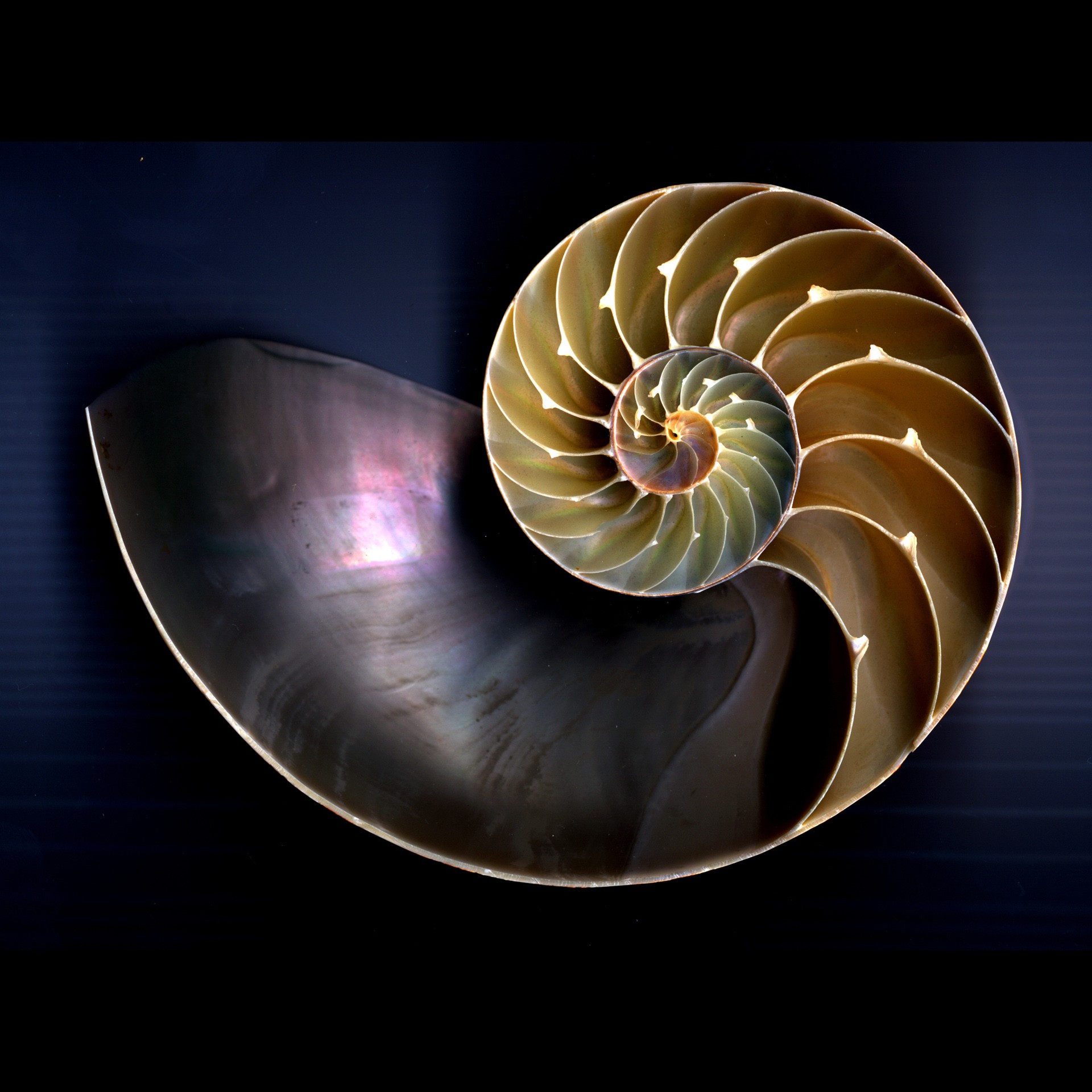Craniosacral Therapy comes from Osteopathy, developed by Dr. Andrew Taylor Still, D.O. (1828-1917). One of his students, William Garner Sutherland, D.O. (1873-1954) while studying a disarticulated skull, had the realization the the sutures were clearly designed for movement. It was an accepted medical fact at the time that the sutures of the skull fused solid and no movement was possible. Through a series of experiments he did on himself Dr. Sutherland proved that not only did the cranial bones move but it was of profound importance to the health of the body. And thus was born Cranial Osteopathy, the adjustment of the cranial bones in Osteopathic treatment. Throughout the last century there have been a handful of people who have studied and developed a practice born from Cranial Osteopathy, which we now call Craniosacral Therapy.
There are three basic schools of training: Biomechanical, Biodynamic, and Visionary Craniosacral. The first is much like it sounds – very focused on the mechanics of structures and alignment. Basically, how the pieces and parts of you are articulating well with each other (or not). Biodynamic Craniosacral is a more global approach – listening to individual structures, while always keeping the whole organism in mind. Visionary Craniosacral goes off in another direction entirely and is more in the realm of energy work than bodywork. I see merit in all three schools of training, and have studied all of them, though I am first and foremost a biodynamic craniosacral practitioner.

